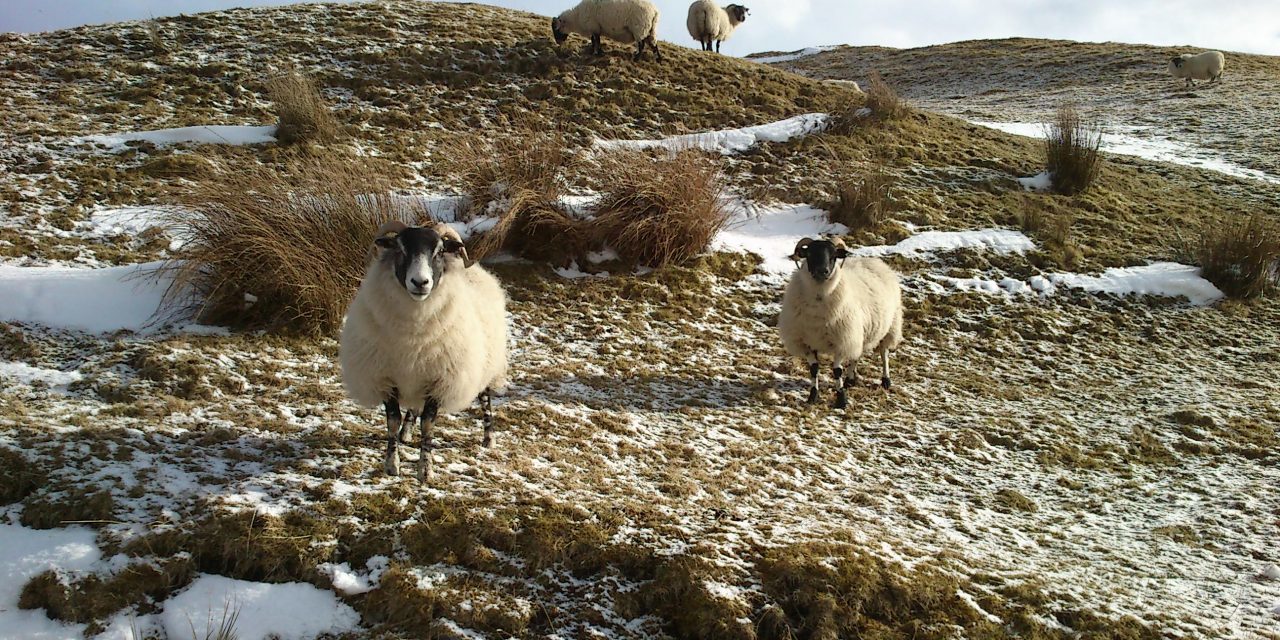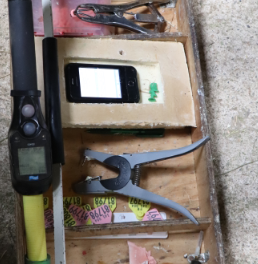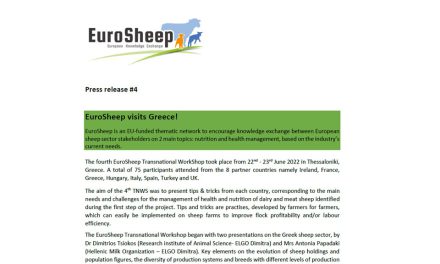This post is also available in:
![]()
![]()
![]()
![]()
![]()
Country: UK
Dairy or/and meat sheep: Meat
Source of information: Industry material
Level of solution:
X |
Knowledge |
|
|
Practical |
|
|
Just Being Tested |
Aim: Planning feed requirements and contingency plans for extreme weather
Description:
- Feed planning will help ensure that the ewe and lamb requirements during priority periods, such as early lactation, are met. Contingency plans for bad weather should be well defined and communicated with staff to reduce lamb losses in poor weather conditions.
- Feed available and stock demands will help the farmer understand how long their feed supplies will last and whether they need to purchase in additional feed or set aside pasture for critical periods
- Farmers should plan regularly, but at least before the beginning of winter to ensure feed is reserved for critical times
Expected benefits: Improved responsiveness to extreme weather
Prerequisites and/or limits (knowledge, training, capabilities, cost, management, facilities, equipment, etc.)
- Farmers need training on how to feed budget and plan effectively
- Communication between farm staff is essential
Scientific basis:
Dwyer, C. M., Lawrence, A. B., Bishop, S. C. & Lewis, M. (2003) Ewe-lamb bonding behaviours at birth are affected by maternal undernutrition in pregnancy. British Journal of Nutrition 89: 123-136;
Dwyer, C. M. & Lawrence, A. B. (2005) A review of the behavioural and physiological adaptations of extensively managed breeds of sheep that favour lamb survival. Applied Animal Behaviour Science 92: 235-260;
Dwyer, C.M. (2008) Symposium: Genetic and physiological effects on maternal behavior and lamb survival. Journal of Animal Science 86: E246-258;
Rooke, J.A., Dwyer, C.M., Arnott, G.A, & Rutherford, K.M.D. (2015) The importance of the gestation period for welfare of lambs: maternal stressors and lamb vigour and well-being. Journal of Agricultural Science 153, 497-519;
Dwyer, C.M., Conington, J., Corbière, F., Holmøy, I.H., Muri, K., Rooke, J., Vipond, J. & Gauthier, J.-M. (2016) Invited Review: Improving neonatal survival in small ruminants: science into practice. Animal 10(3): 449-459.
Tips & Tricks:
Expected impacts:
| Benefit | |||||||
| Benefit expected | Fertility Prolificacy Less abortion Mortality |
||||||
| System | |||||||
| Is the solution suitable for various production systems | Y | ||||||
| If no – for which system | |||||||
| Cost | |||||||
| What are the asset costs | <100 | ||||||
| What are the maintenance costs | <50 | ||||||
| Any limits to its applicability | no | ||||||
| Work Load | |||||||
| Farmers | Service provider/tech.-vet-others | ||||||
| How much time is required to prepare and implement the solution | 1 day – 1 week | 1 day – 1 week | |||||
| How many people is needed to implement the solution? | 1-2 | ||||||
| Timing | |||||||
| How long it takes to get results? | Immediate | ||||||
| How long it takes to see an effect on sheep productivity? | current production period | ||||||
| Equipment/Facility | |||||||
| Farmers | Service provider/technicians-vet-others | ||||||
| What kind of equipment/tool are necessary? | Spreadsheets and software can help, not necessary | ||||||
| Skill/Knowledge-Training (farmer) | |||||||
| Does the solution need any specific skill/knowledge or training? | Yes | ||||||
| How much time will be required for training | 1 day – 1 week | ||||||
| Wider Environment | |||||||
| Is there any particular regulation link to the solution? | Animal Welfare regulations | ||||||
| Does the solution need any particular structure or organisation? | No | ||||||







